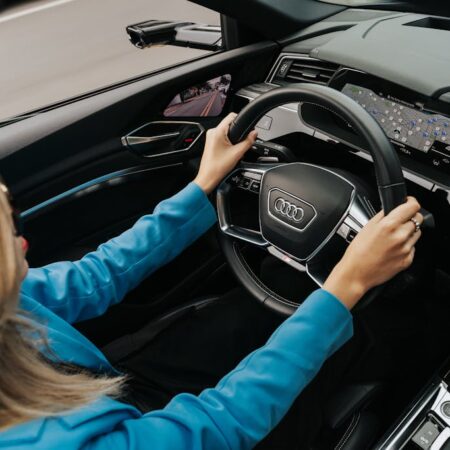Having auto insurance is a must for car ownership. In the event of theft, accidents, or other unforeseen circumstances, it provides you with financial protection. Understanding what your auto insurance policy covers can help you avoid surprises and ensure you have the right protection. Here’s a breakdown of the main areas covered by most auto insurance policies.
Liability Coverage
Liability coverage is required in most states and is one of the most basic parts of an auto insurance policy. It helps pay for damages or injuries you cause to other people or their property in an accident. It does not, however, cover medical costs or your own vehicle.
Collision Coverage
Collision coverage pays for the repair or replacement of your vehicle if it’s damaged in an accident, regardless of who is at fault. Whether you hit another car, a tree, or a fence, this coverage ensures you don’t have to bear the full cost of fixing or replacing your car.
Comprehensive Coverage
Comprehensive coverage protects your car from non-collision-related incidents like theft, vandalism, fire, or natural disasters. For instance, if a storm damages your car or it’s stolen, comprehensive coverage helps pay for the repairs or replacement.
Personal Injury Protection (PIP)
Personal Injury Protection, often called PIP, helps cover medical expenses for you and your passengers after an accident. It may also cover lost wages and other related costs, depending on your policy. PIP is required in some states and optional in others.
Uninsured/Underinsured Motorist Coverage
If you are in an accident with a driver who has little or no insurance, this coverage kicks in. It helps cover your medical bills and vehicle repairs if the other driver can’t pay for the damages.
Medical Payments Coverage
Medical payments coverage is similar to PIP but typically offers more limited benefits. It helps pay for medical expenses for you and your passengers after an accident, regardless of who caused it.
Roadside Assistance
Some auto insurance policies include roadside assistance as an optional add-on. It helps with services like towing, jump-starting a dead battery, or fixing a flat tire if your car breaks down.
Rental Car Coverage
If your car is being repaired after an accident, rental car coverage can help pay for a temporary replacement vehicle. This is especially useful if you rely on your car for daily transportation.
Knowing what’s covered under your auto insurance policy is key to staying protected on the road. Always review your policy details and ask your insurer about additional options if needed.






